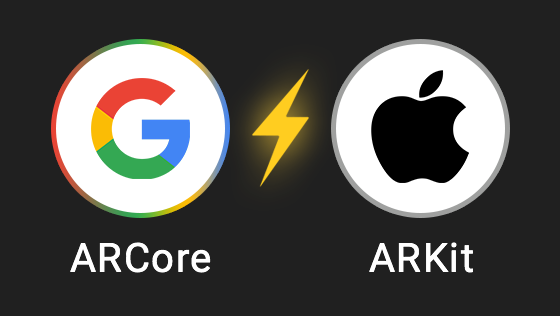ARCore and its gigantic impact on the AR landscape
Being launched as a limited preview in the August 2017 and then announcing Google lens officially in October, Google was all set to give Apple’s...
Google and Apple have been in a face-off to surpass the other in the field of new and innovative technologies on their respective OS platforms. Augmented Reality has emerged as one of the focal points by expanding its level of access and usability to the consumer market. A perfect blend of the physical and the digital environment, the release of the ARCore for Android and ARKit for iOS allows users to get a first hand experience of the ‘unreal’ objects - Maybe a dinosaur in your garden, or a superhero at your workplace perhaps? Both being frameworks for developers to build apps based on Augmented Reality, ARKit was first announced during the WWDC17 and Google closely followed with ARCore.
The term Augmented Reality was first announced way back in the 1990s, however, it came to the spotlight with PokemonGo in 2016 and became mainstream when Apple finally announced its decision to make AR available on its smartphone device with its ARKit. Taking advantage of this so-called harvest season, Google announced the release of its ARCore, surprisingly, within hours of official announcement of ARKit at the Apple WWDC. Skip to the second half to spot the major differences in the "ARKit vs ARCore" trend.
Read More: The Impact of ARKit: How it will help bring Augmented Reality to the Masses?
“The largest AR platforms in the world” is how Craig Federighi, Senior VP-Software Engineering, Apple Inc. refers to the the ARKit - introduced during the WWDC 17. Vapors from a tea cup and shadows from a lamp were a few demonstrations highlighting the specifications of Augmented Reality in the ARKit during the conference. Alasdair Coull, Creative Director at Peter Jackson’s ‘Wingnut AR’ (of ‘Lord of the Rings’ fame) further demonstrated a live demo of Augmented Reality where spaceships engage in battle, possibly right on a table in your living room.

Watch the entire video of the ARKit release here
Key highlights:
Support : On Unity, Unreal and SceneKit for Apple devices upgraded to iOS 11 only.
Google’s answer to Apple’s ARKit was ARCore - the AR framework for Android devices. With the ‘more to see, more to discover’ concept already existing in Google’s bucket, the question here is : Is ARCore the new Tango? Well, no it’s not. Tango and ARCore are two different projects undertaken by Google. Tango, which functions on external hardware like sensors and cameras, can be referred to as the predecessor of ARcore, which requires nothing more than your phone.
Android has already been one of the frontrunners in the Augmented Reality space, so what’s more in ARCore that could attract developers?
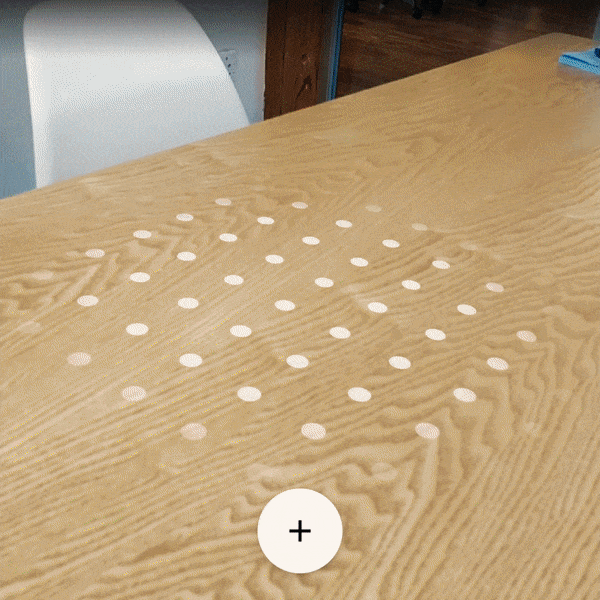
Well, let’s track the features in detail:z
Support: Available over Unity, Unreal and Android Studio, the SDK preview qualifiers are - Android 7.0 Nougat devices : Google Pixel, Pixel XL and Samsung Galaxy S8
To start, it goes without saying that Apple’s ARKit will be restricted to iOS devices (running iOS 11), while Google’s ARCore will be limited to Android 7.0 (Nougat) or higher.
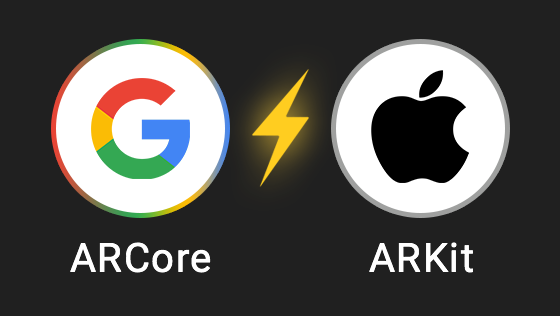
In terms of market exposure in this technology, Google holds a slight advantage having already dabbled in similar areas with its earlier experiments with Project Tango and Google Cardboard. For Apple though, this is their first major foray in this area.
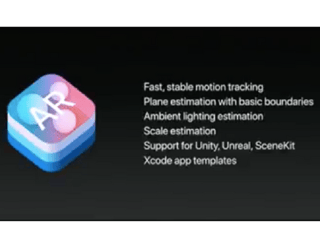
With regards to devices supported, as mentioned above, Apple Inc.’s ARKit will be available only to iPhones and iPads running iOS 11. Contrastingly, in addition to smartphones, Google also plans to introduce ARCore to the Web by unveiling a prototype web browser allowing developers to create AR enabled, platform neutral websites.
Coming to software requirements, both ARKit and ARCore are pretty similar. Both work with Java/OpenGL, Unity and Unreal and utilize environmental understanding, motion sensors and light detection.
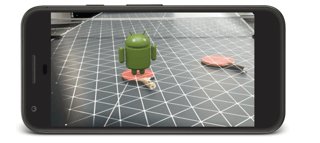
One of the areas ARCore holds a distinct advantage though, is in mapping. This is the ability to gather and store localization information about the 3D real world that can be used for localization later. ARKit utilizes a so-called ‘sliding window’ which only stores a limited amount of location data constrained to the ‘recent past’. Alternatively, ARCore has the ability to manage much larger map data leading to a more stable data set.
In conclusion, both versions of AR technical innovations are neck-and-neck. While ARKit has distinct advantages in terms of hardware and tracking reliability, ARCore inches ahead with its mapping and reliable recovery. Apple’s ARKit has a clear advantage in terms of already-installed devices in the market that this technology can be pushed to. Considering Google’s dependence on various local markets and OEMs, the penetration of ARCore might not be as quick.
That said, ARCore has a nice advantage in the past experience with Project Tango R&D waiting to give it a boost. Besides software and technological developments however, user and market research may also hold the key to who jumps ahead. Now that both tech leaders are out of the blocks, the next few months should be interesting to see how this race pans out.
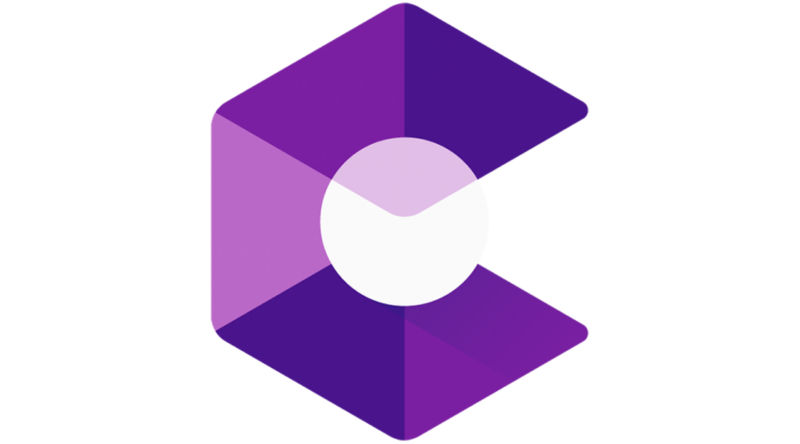
Being launched as a limited preview in the August 2017 and then announcing Google lens officially in October, Google was all set to give Apple’s...
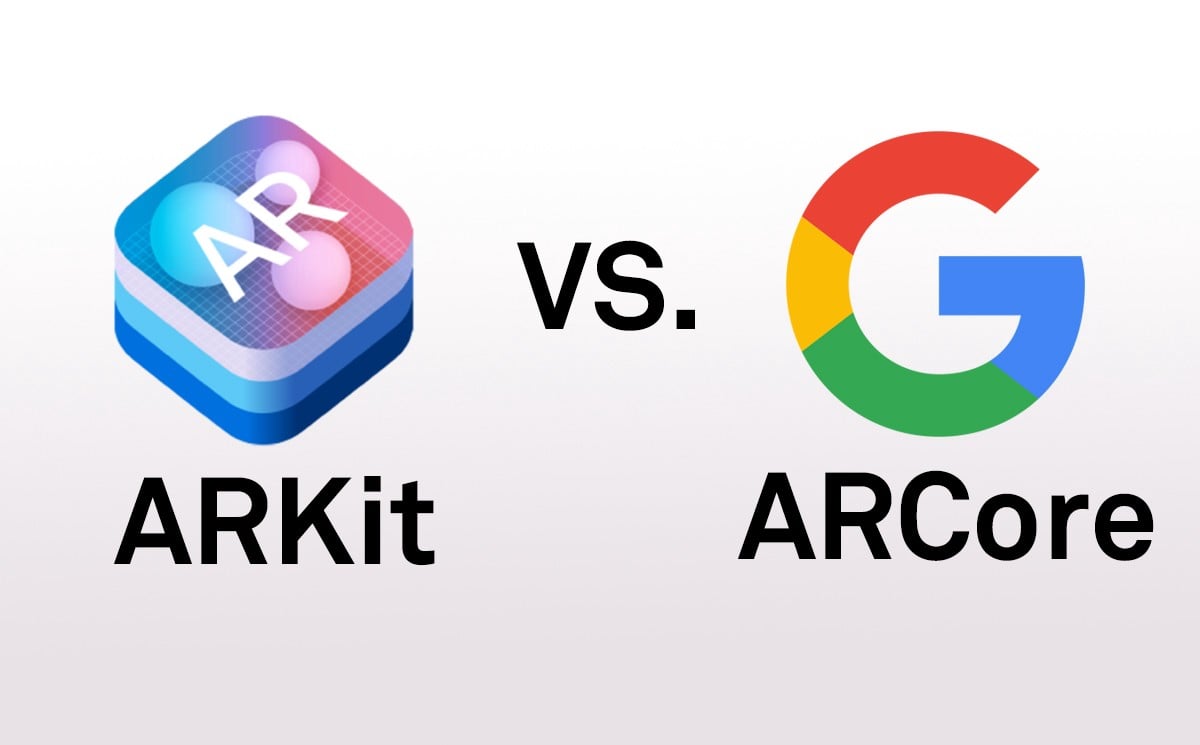
It is one of the considerable battles of our era. Google versus Apple, Android versus iOS and now here's one more addition - ARCore versus ARKit. The...

Get ready to experience an immersive virtual experience from the comfort of your phone. Apple has developed its own solution to bring augmented...
